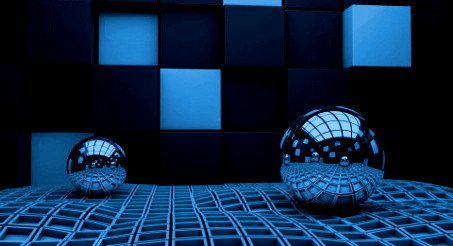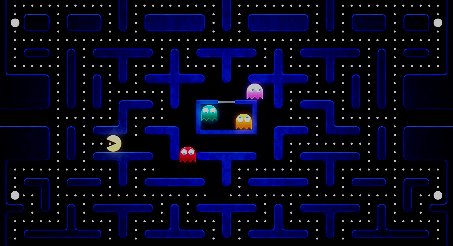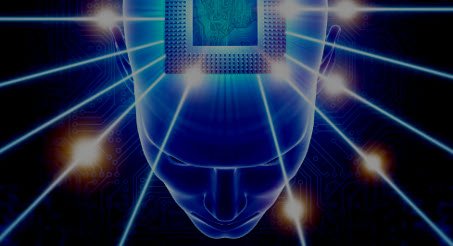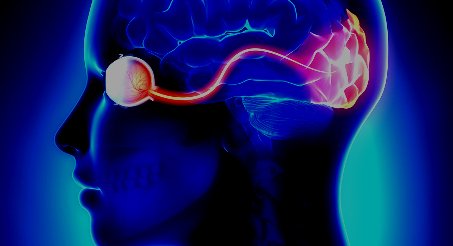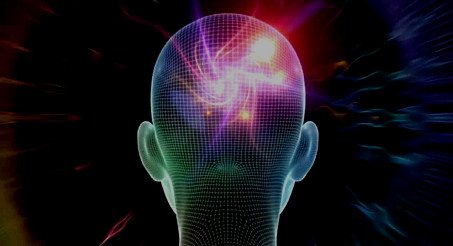computer modelling centre supported by OFTNAI
The foundation is currently supporting a computer modelling centre within the Oxford University Department of Experimental Psychology. Members of the university centre are engaged in the development of computer models covering a number of areas of brain function, including memory, vision, spatial representation, movement and navigation. It is expected that theoretical advances in these areas will inform medical research aimed at developing new treatments for emotional, visual, spatial and motor disorders of the nervous system.
Similarly, understanding the dynamics of the brain will also lead to powerful new techniques in artificial intelligence, with applications in areas such as automated manufacturing and mobile robotics. As progress is made in modelling the brain, we will seek to use this knowledge in these various areas of application.
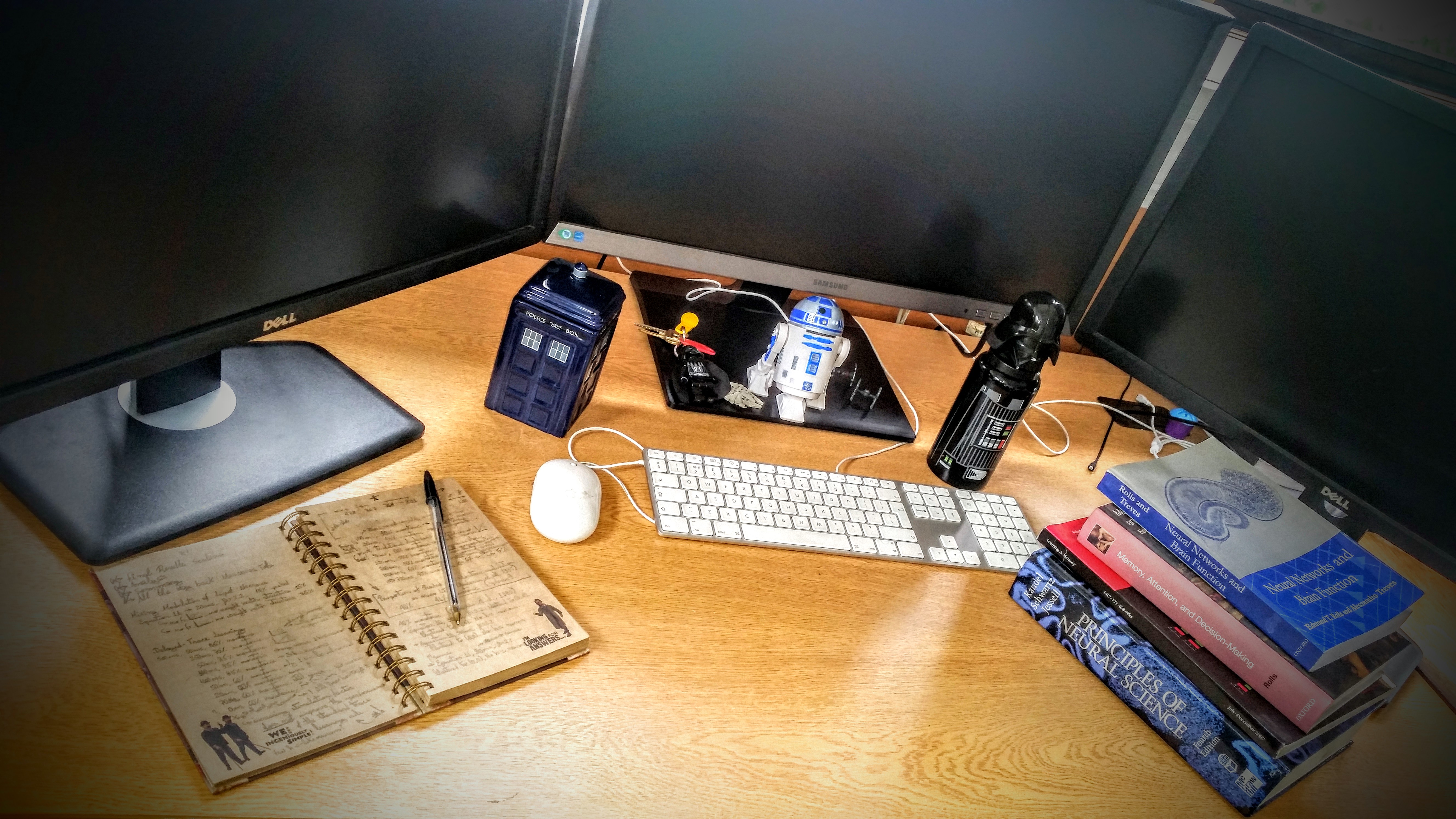
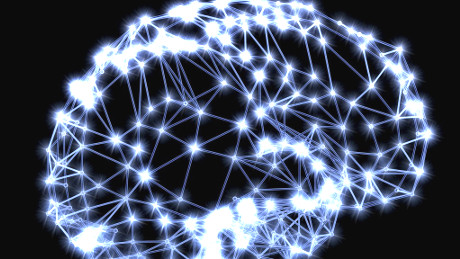
how we do it
Members of the centre are currently developing models of various inter-related aspects of brain function. Here we are seeking to combine ever more detailed neural models with increasingly realistic sensory training environments. The complex behaviour of the models is greatly added to by the use of 3D virtual reality tools to provide richer and more complex kinds of sensory input to the models during learning.
There is thus a strong interplay between computer simulation and model development. This makes the work highly challenging. However, it is only by facing up to these challenges that theoretical neuroscience can get closer to revealing the processing principles used in the brain.
Major areas of research are described in more detail on the following pages.
major areas of research
neural network modelling of the brain
When it comes to developing computer simulations of brain function, we need to accurately model the known neurobiology. Similarly, understanding the dynamics of the brain will also lead to powerful new techniques in artificial intelligence, with applications in areas such as automated manufacturing and mobile robotics.
As progress is made in modelling the brain, we will seek to use this knowledge in these various areas of application.
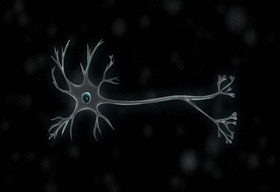
First, we need to model how individual brain cells operate. Here we see a brain cell with electrical pulses travelling through it.
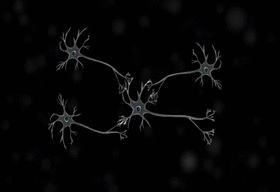
Secondly, we need to model how the neurons are wired together in the brain. Here we see electrical pulses passing between neurons. This is how neurons communicate with each other in the brain.
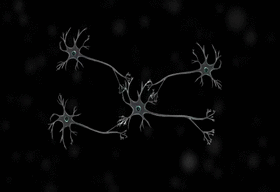
Thirdly, we need to model how memories are laid down. It is believed that memories are formed by the strengthening of connections between cells as electrical signals pass between them.
These models are known as artificial neural networks.
